I touched on my visit to the North Carolina Museum of Art in Is Donald Trump worse than George Washington? but I’d like to share some additional history lessons from the signage. This is a government-funded institution, so the lessons are, presumably, official State of North Carolina versions.
We learn that rich people love to laugh at peasants:
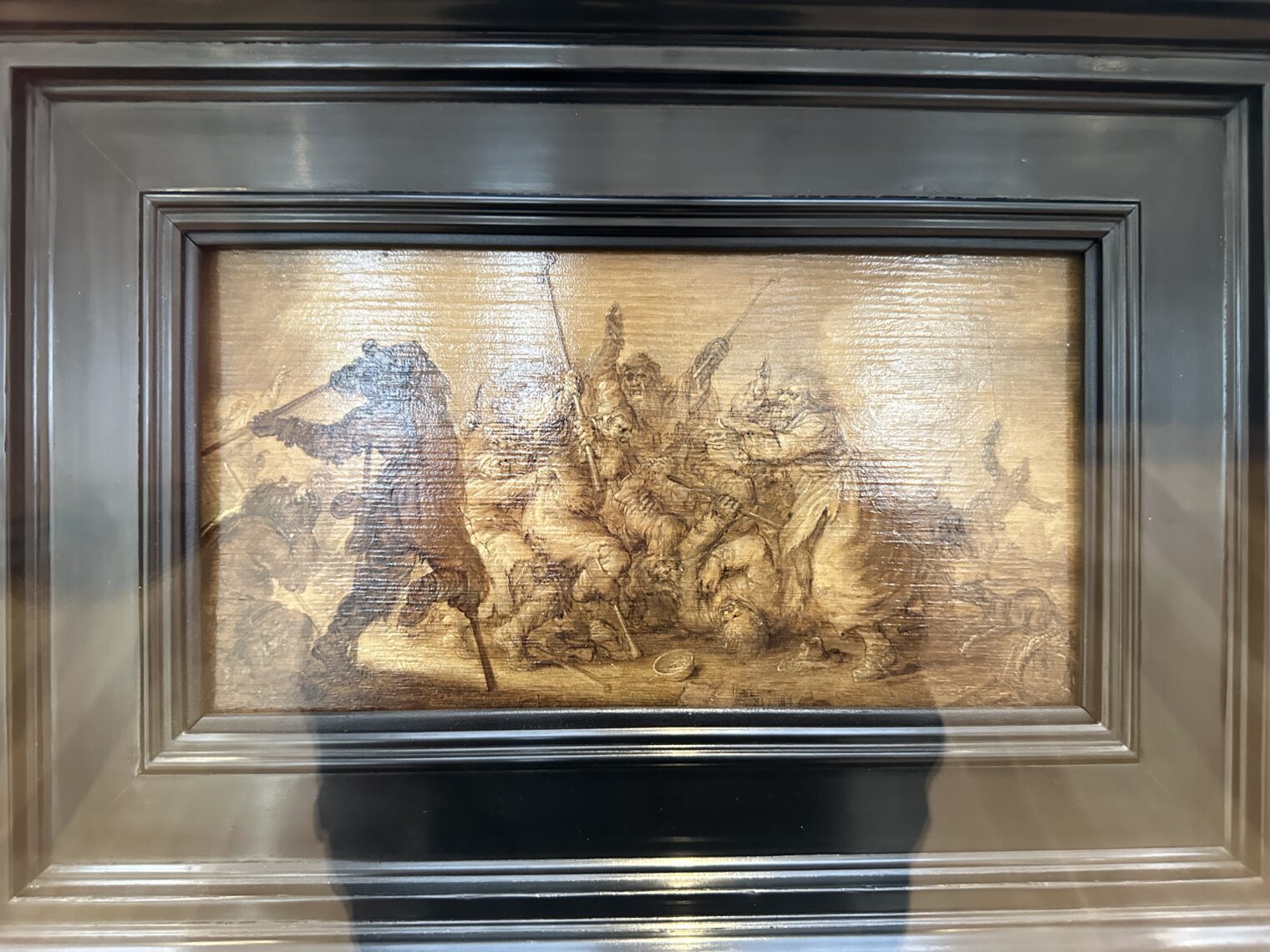
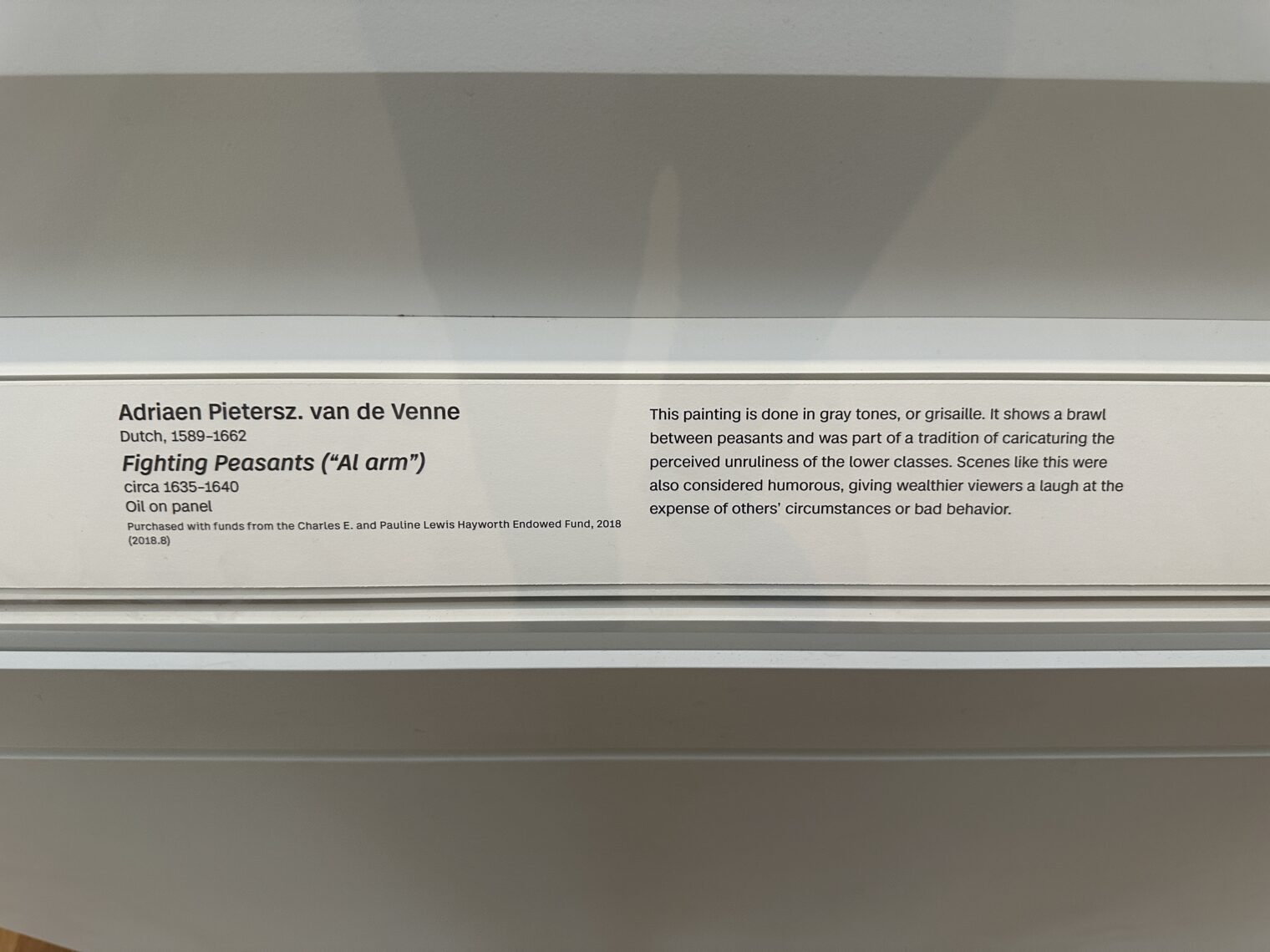
The Dutch were bad in general:
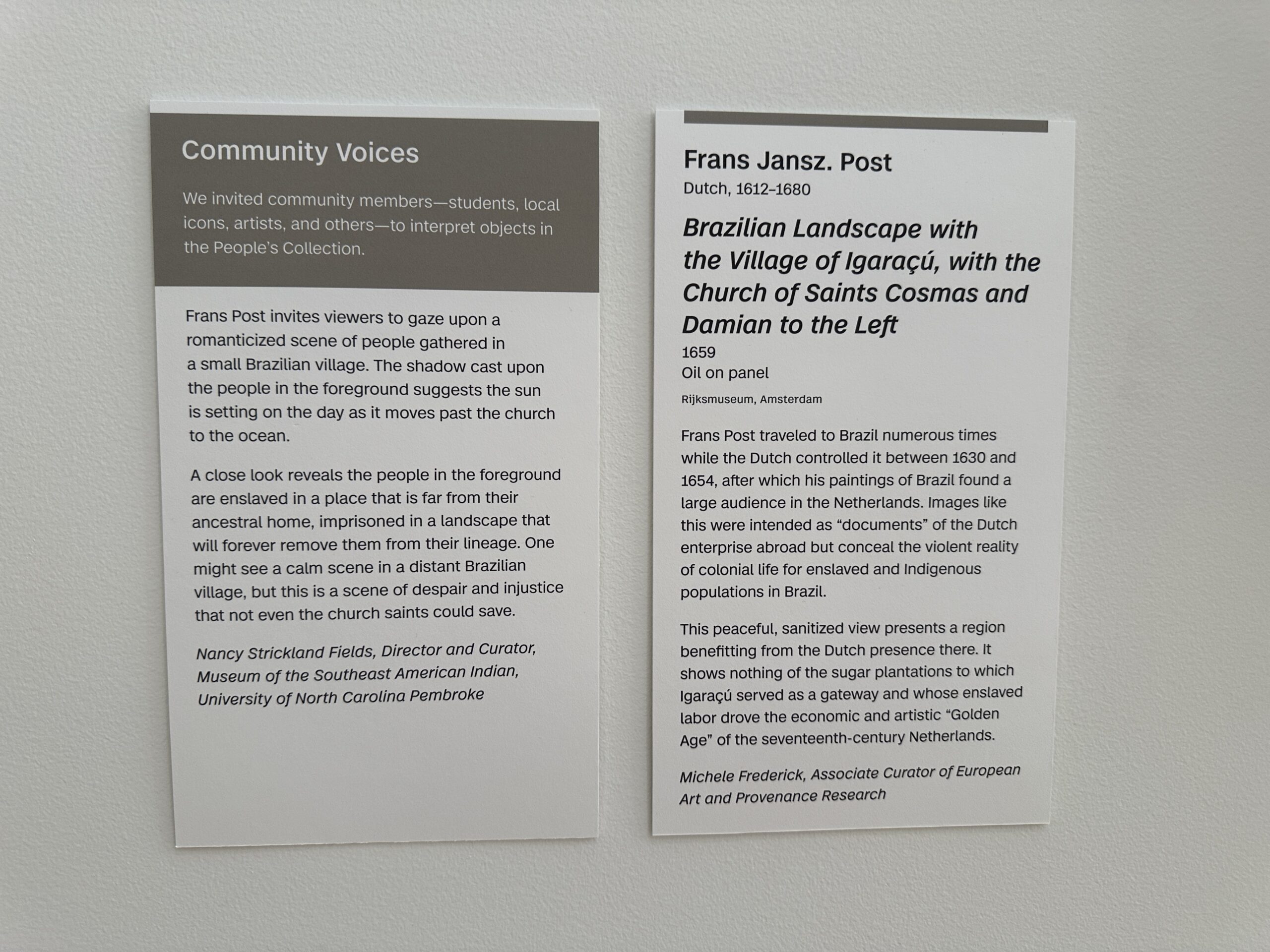
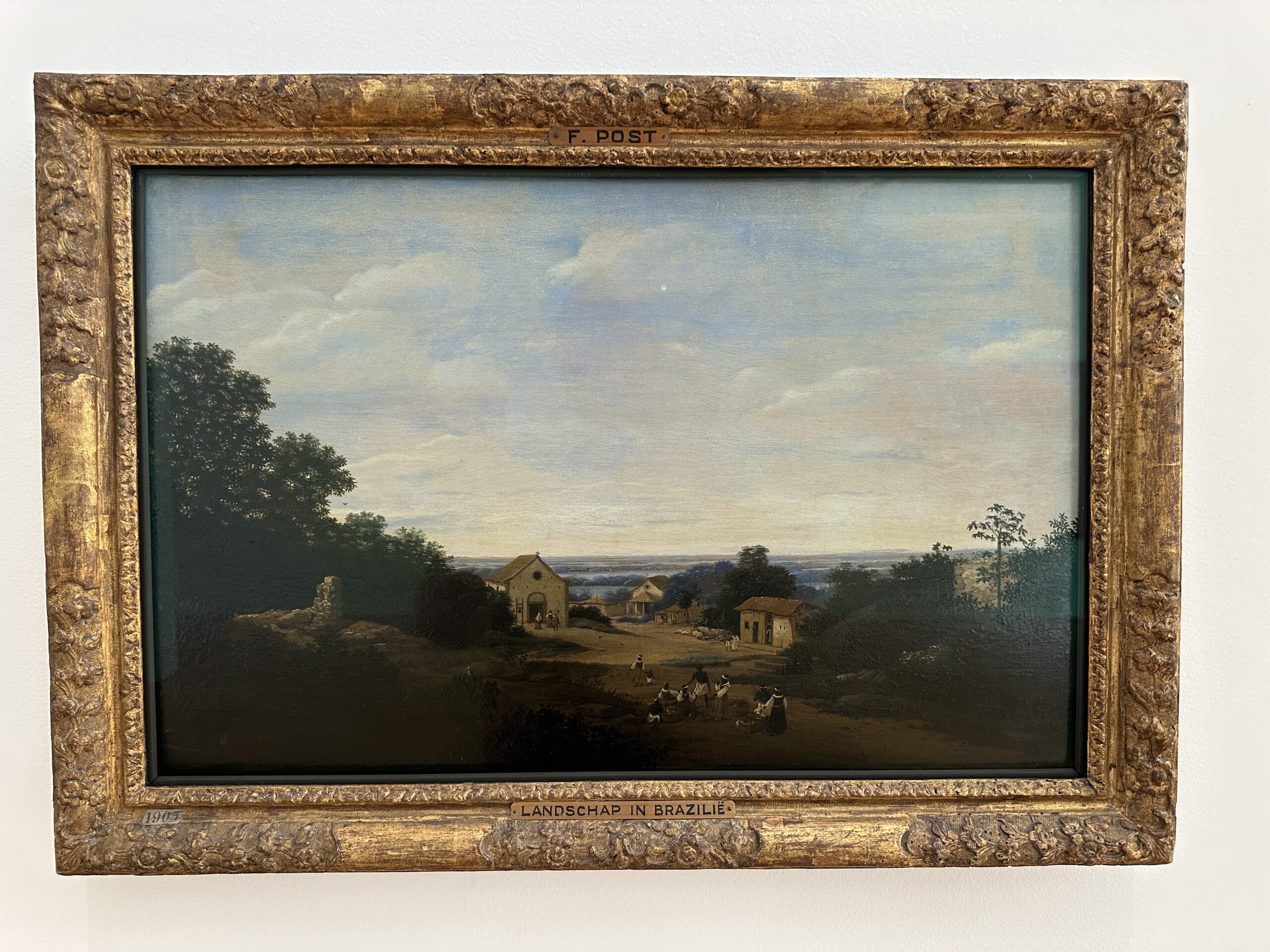
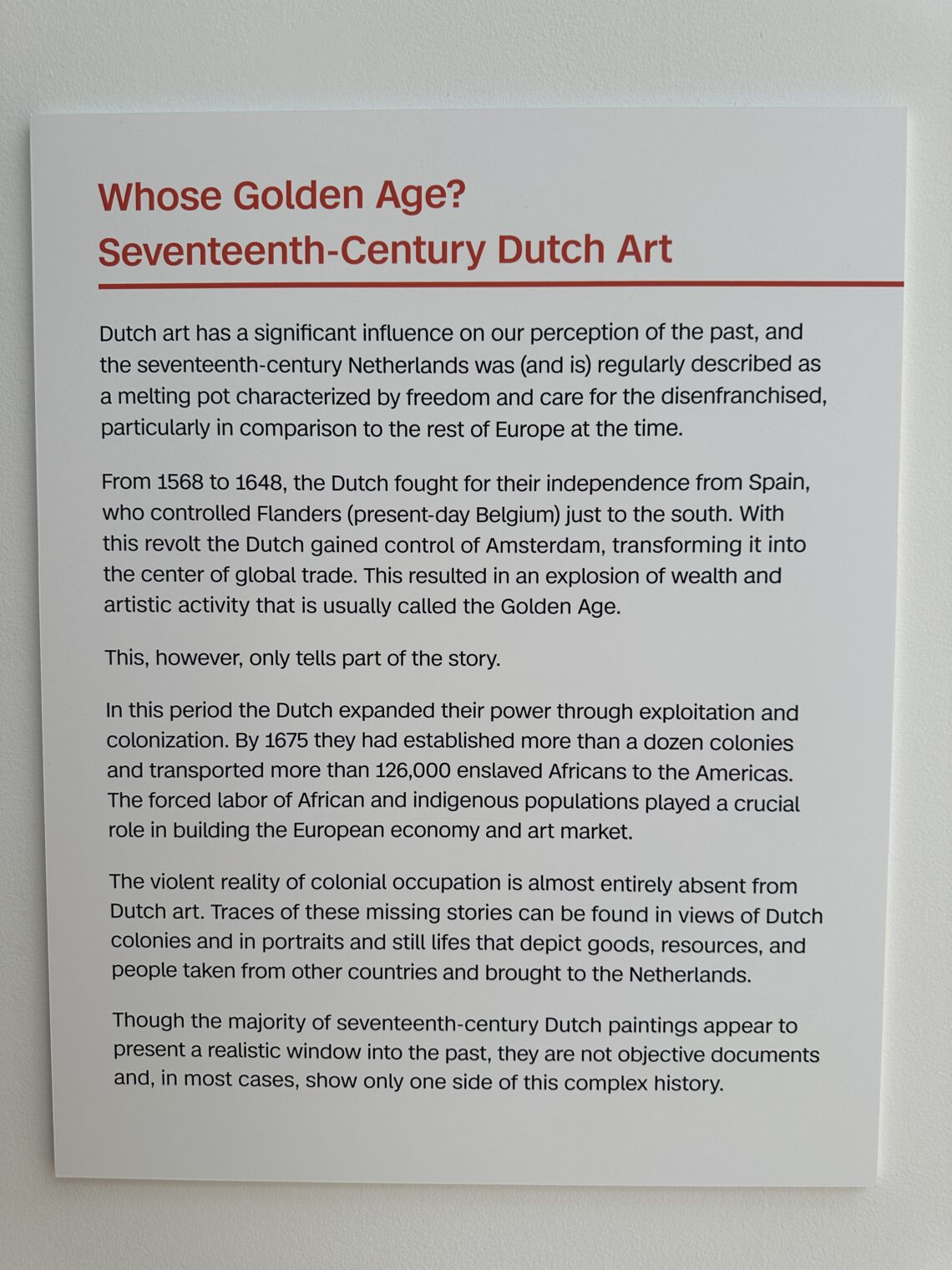
One Dutch guy was especially bad, being responsible for “Dutch expansion, exploitation, and violence” and giving Dutch people ships was bad because they used them for “violent establishment of foreign colonies”:
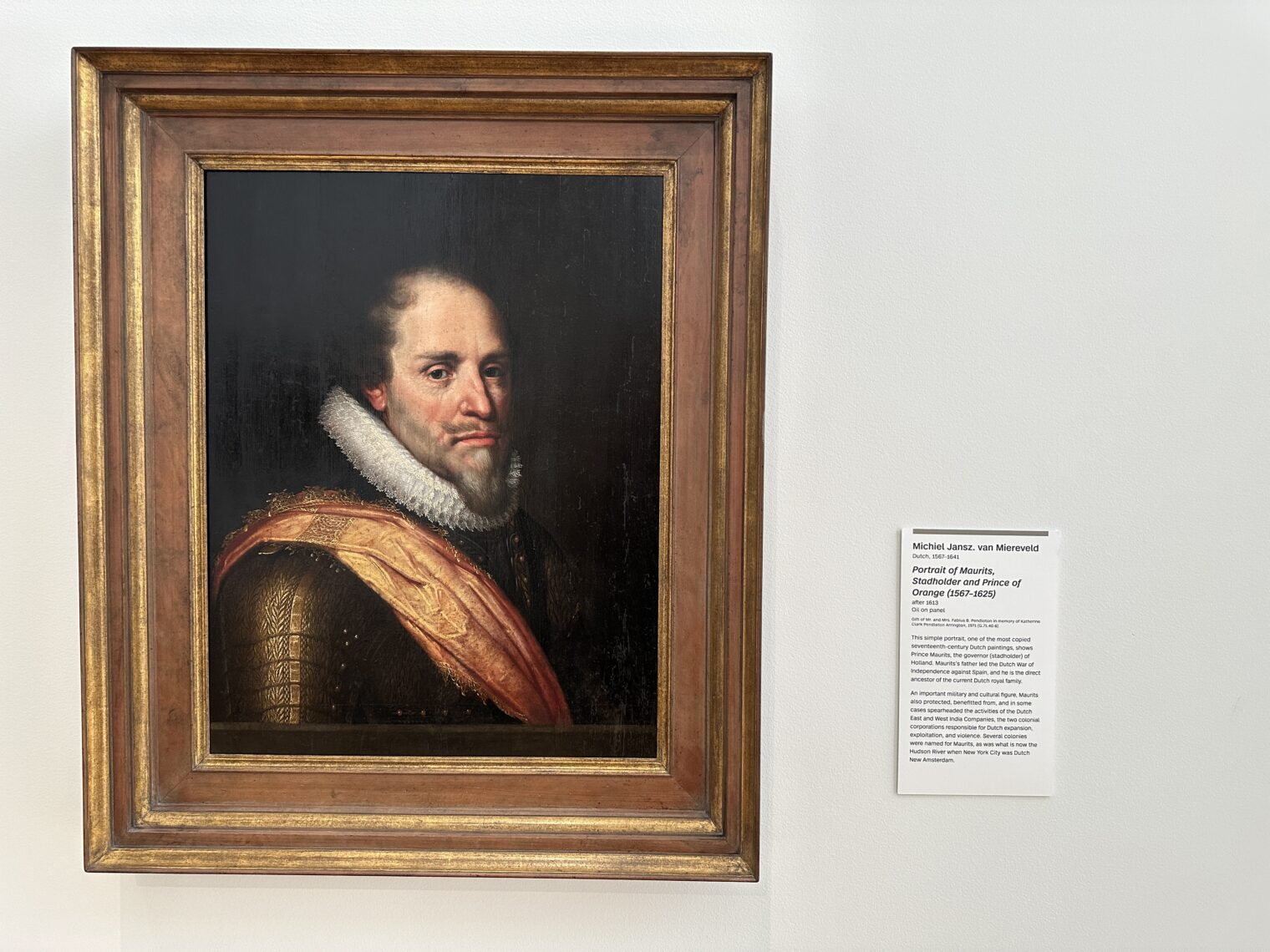
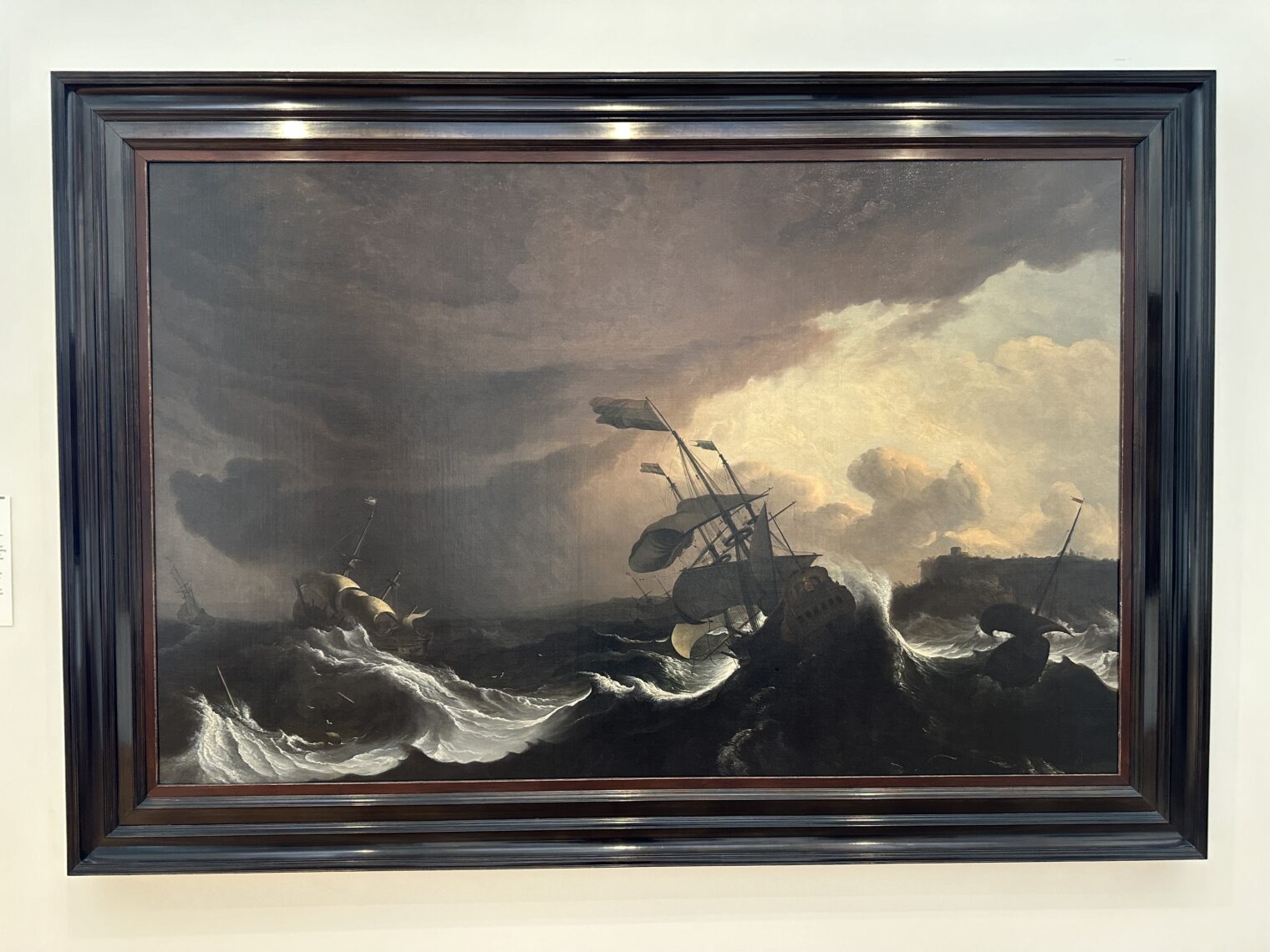
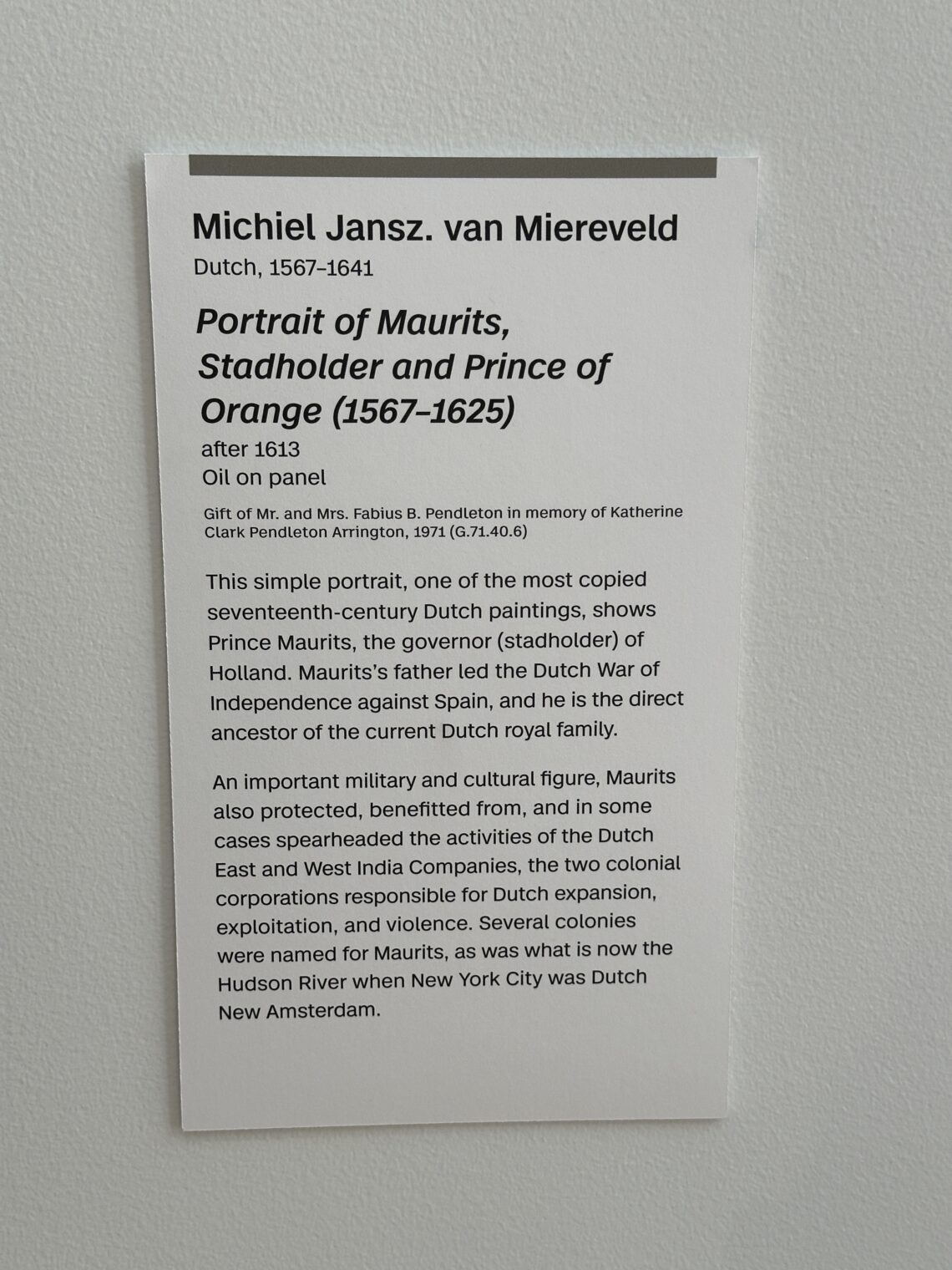
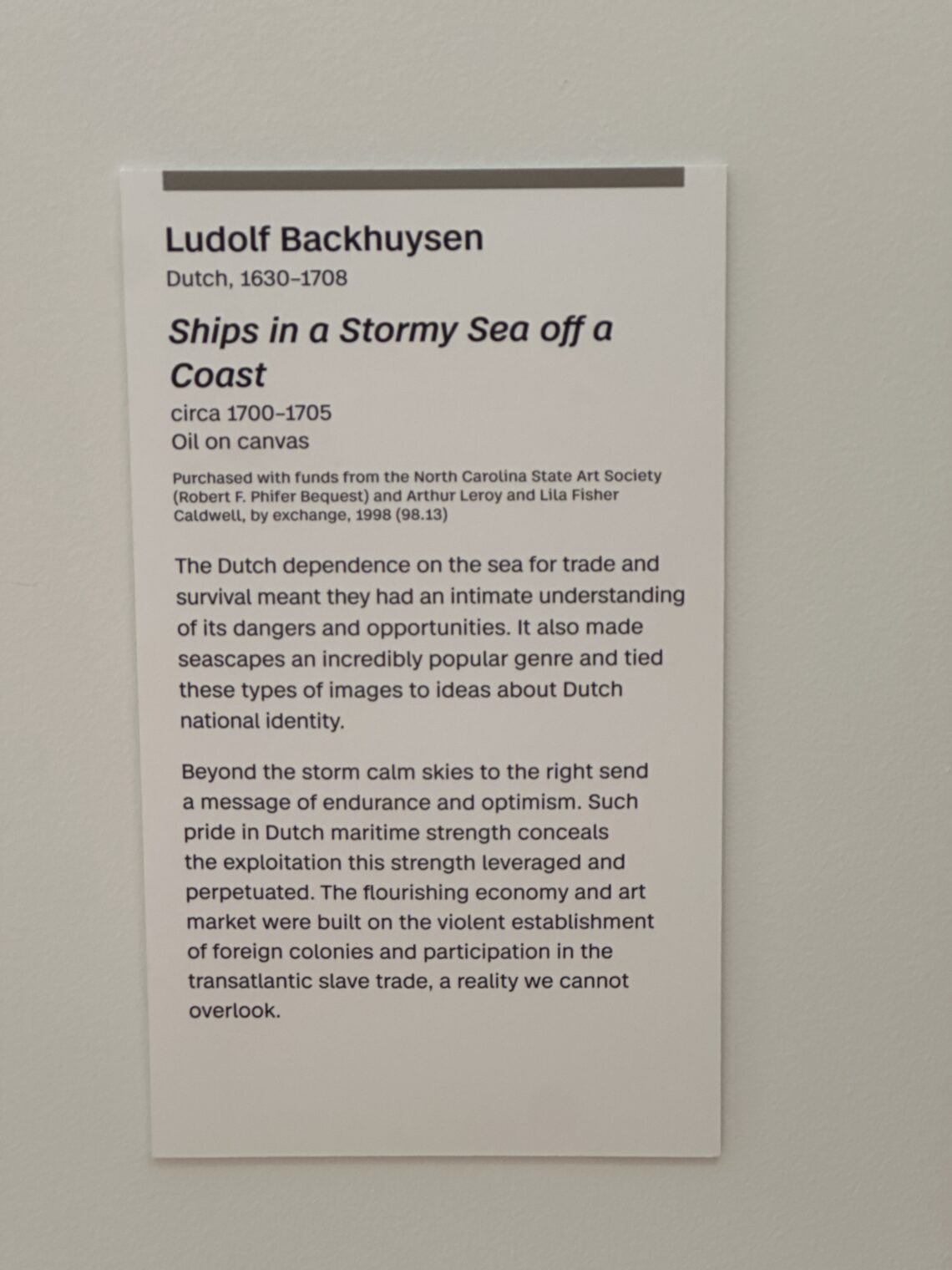
The English were bad settler-colonialists in North America (see previous post regarding a wall-sign biography of George Washington) and the Bostonians were especially bad, e.g., Sir William Pepperrell who was “the sole heir to a well-known merchant and enslaver in Massachusetts”:
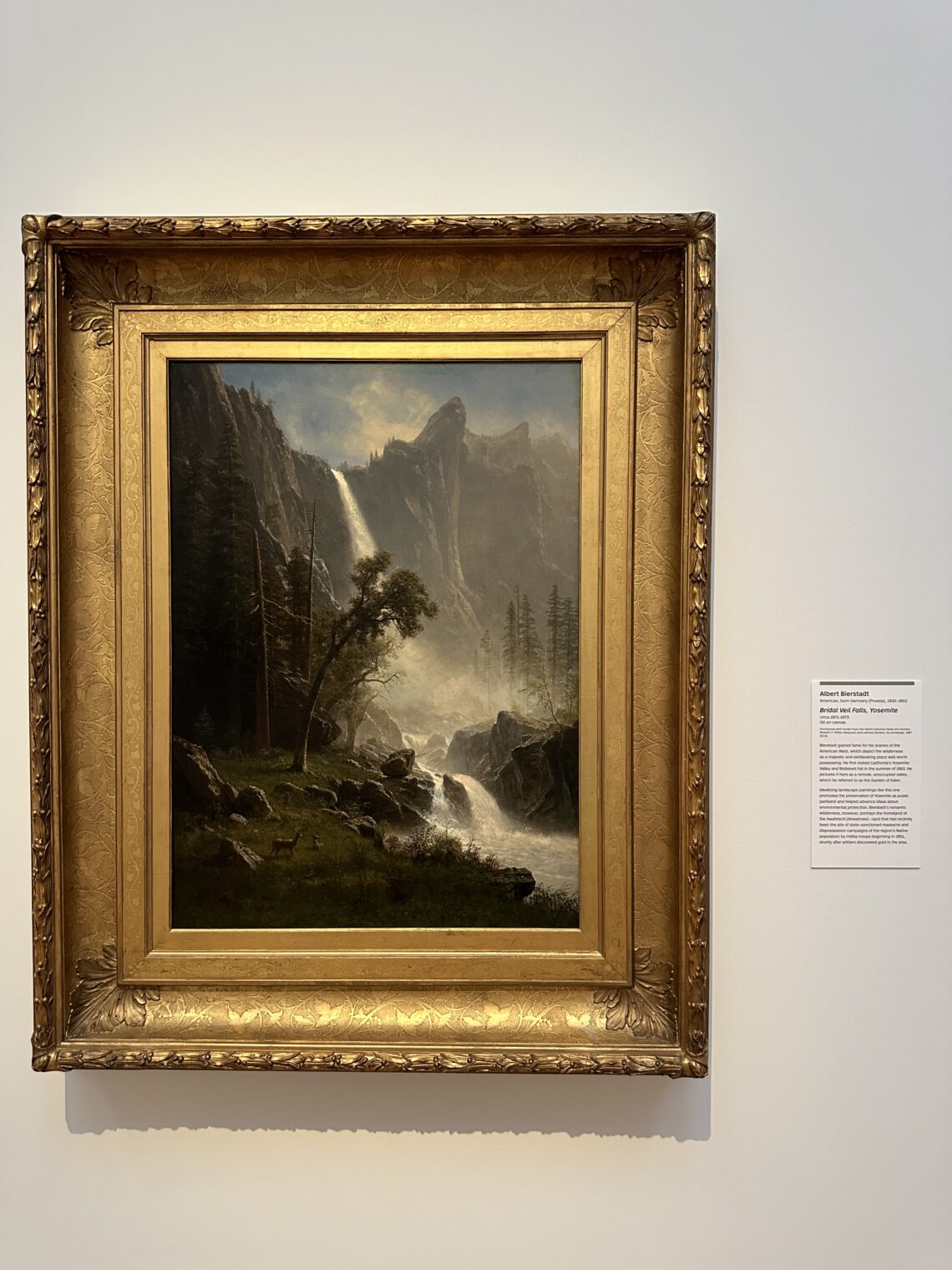
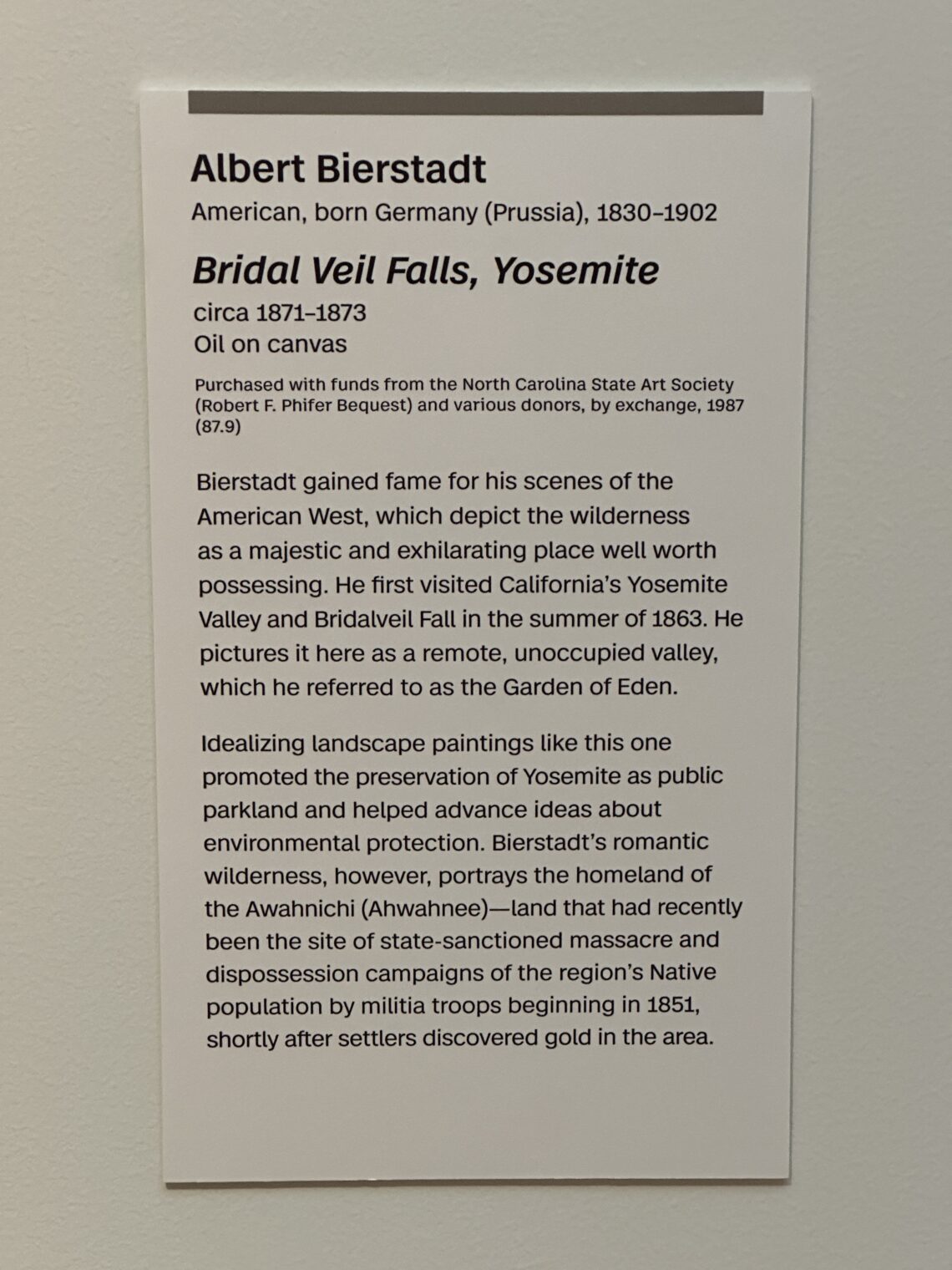
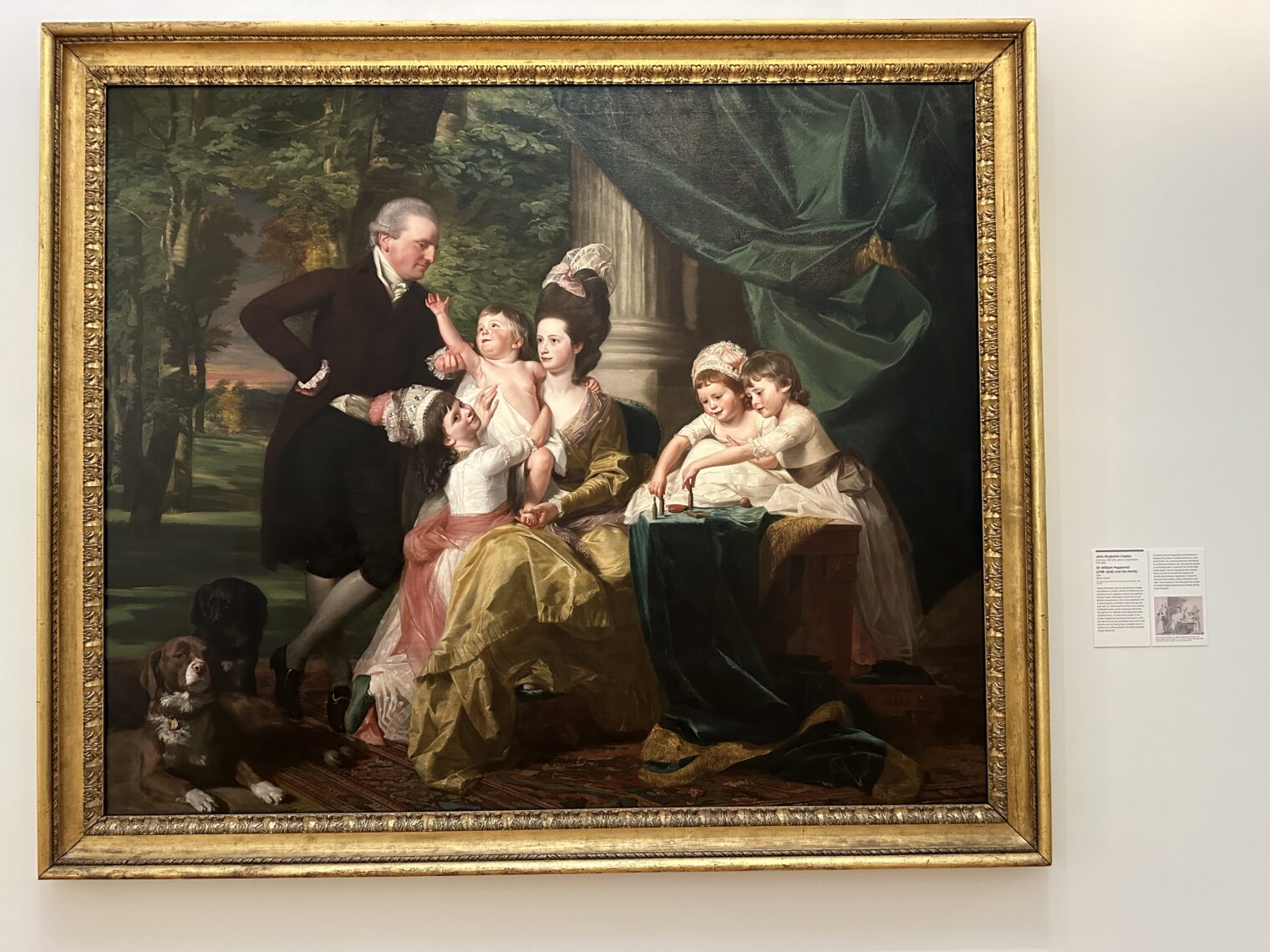
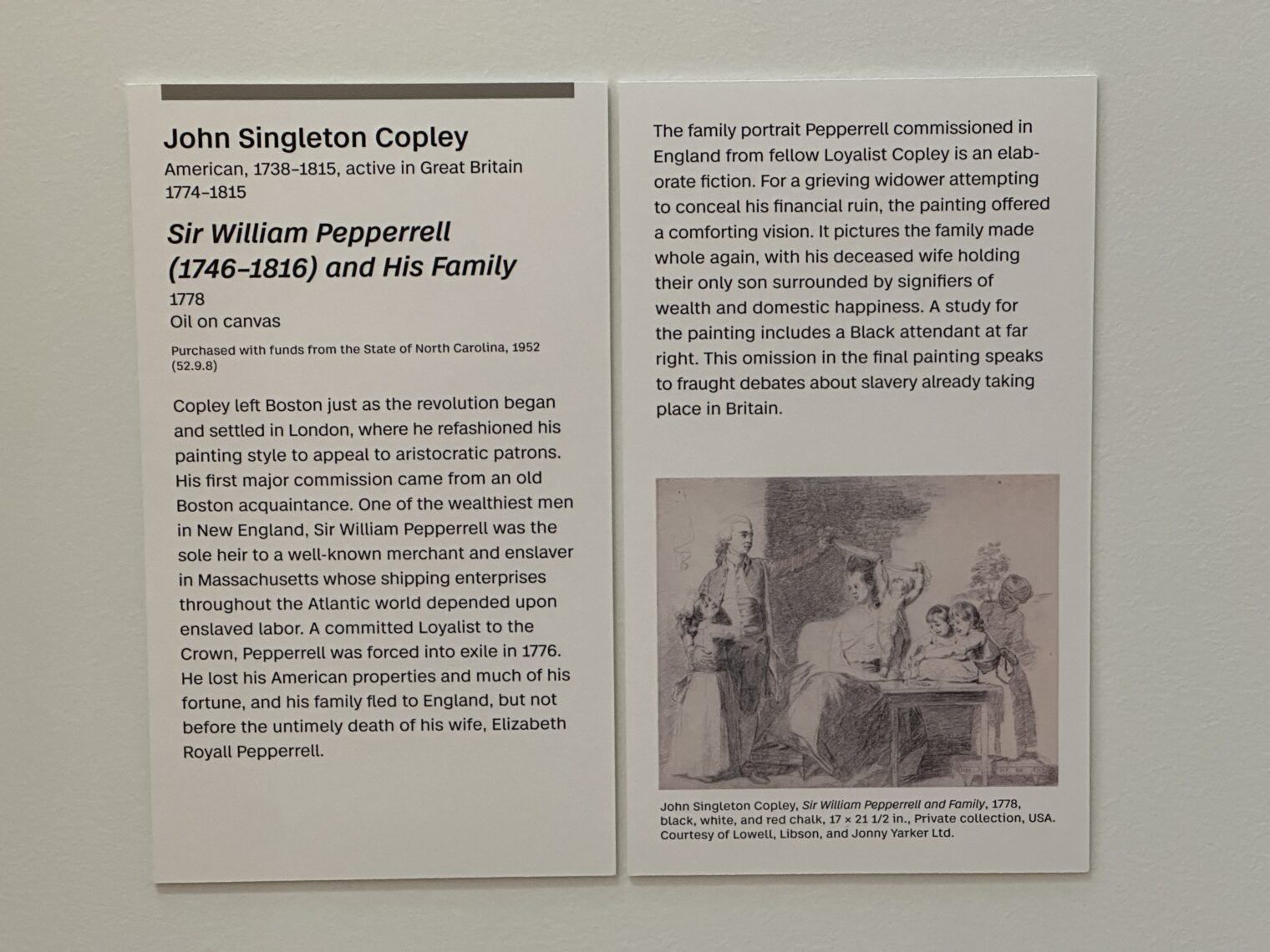
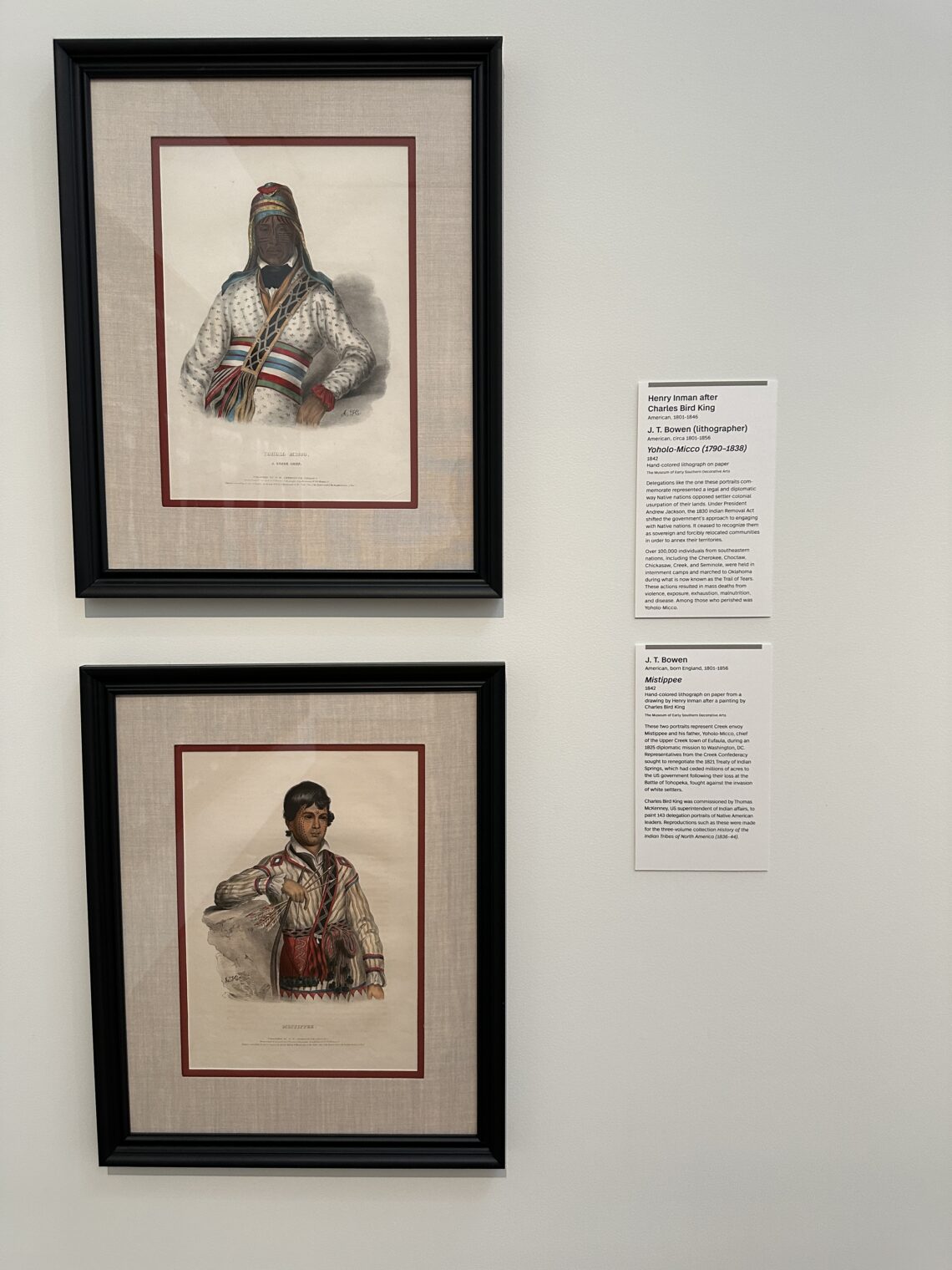
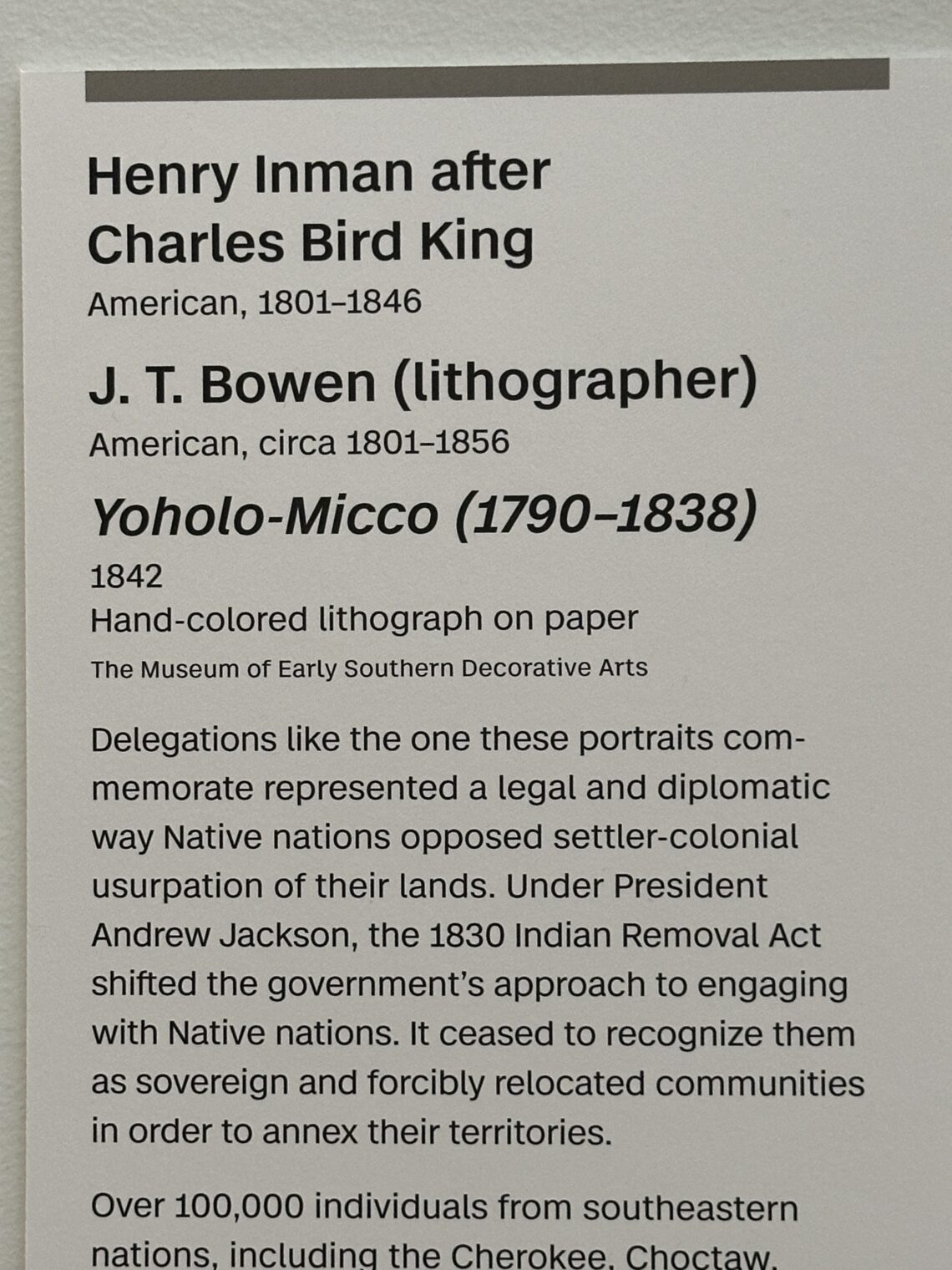
The bird nerd is bad:
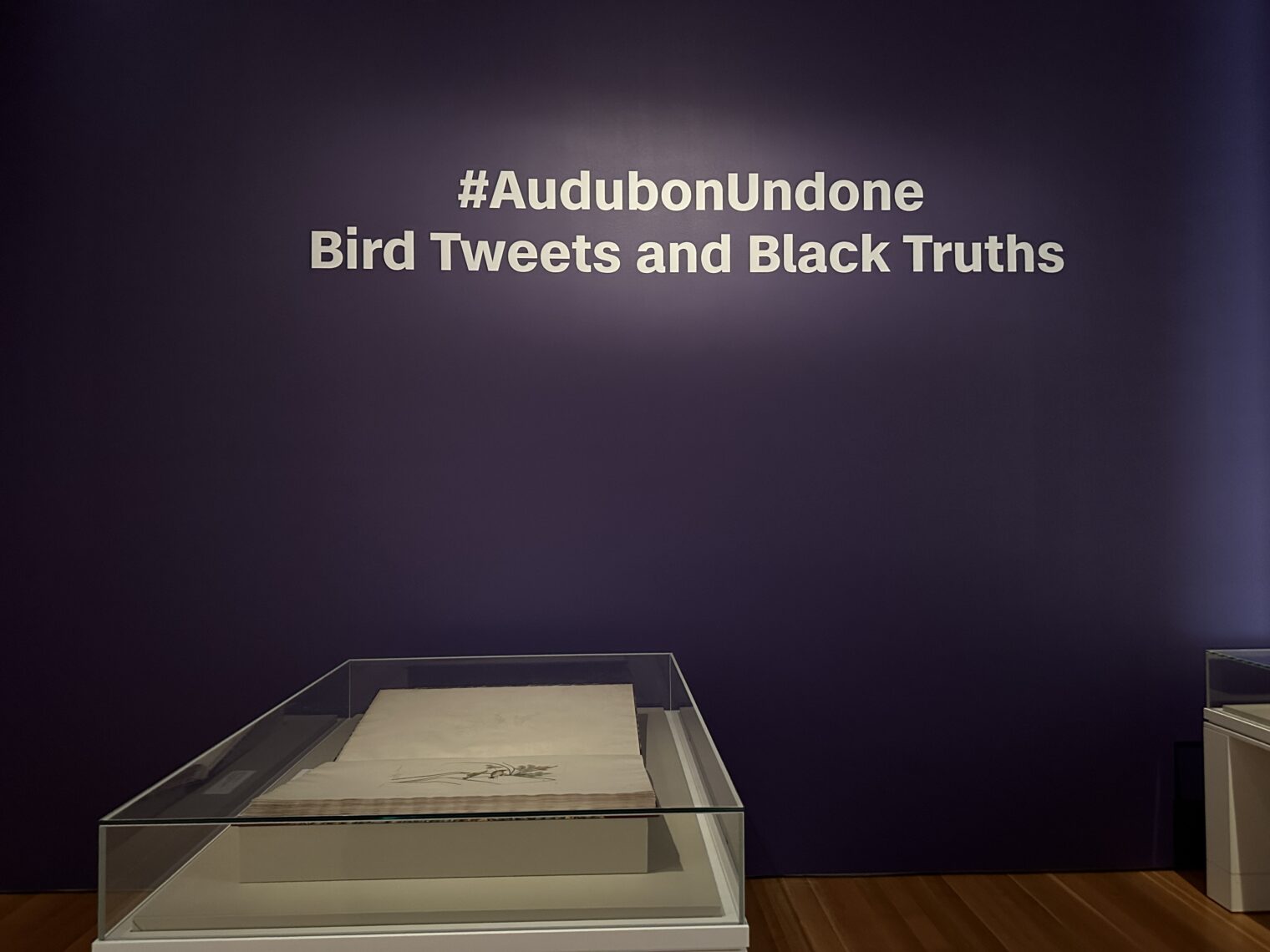
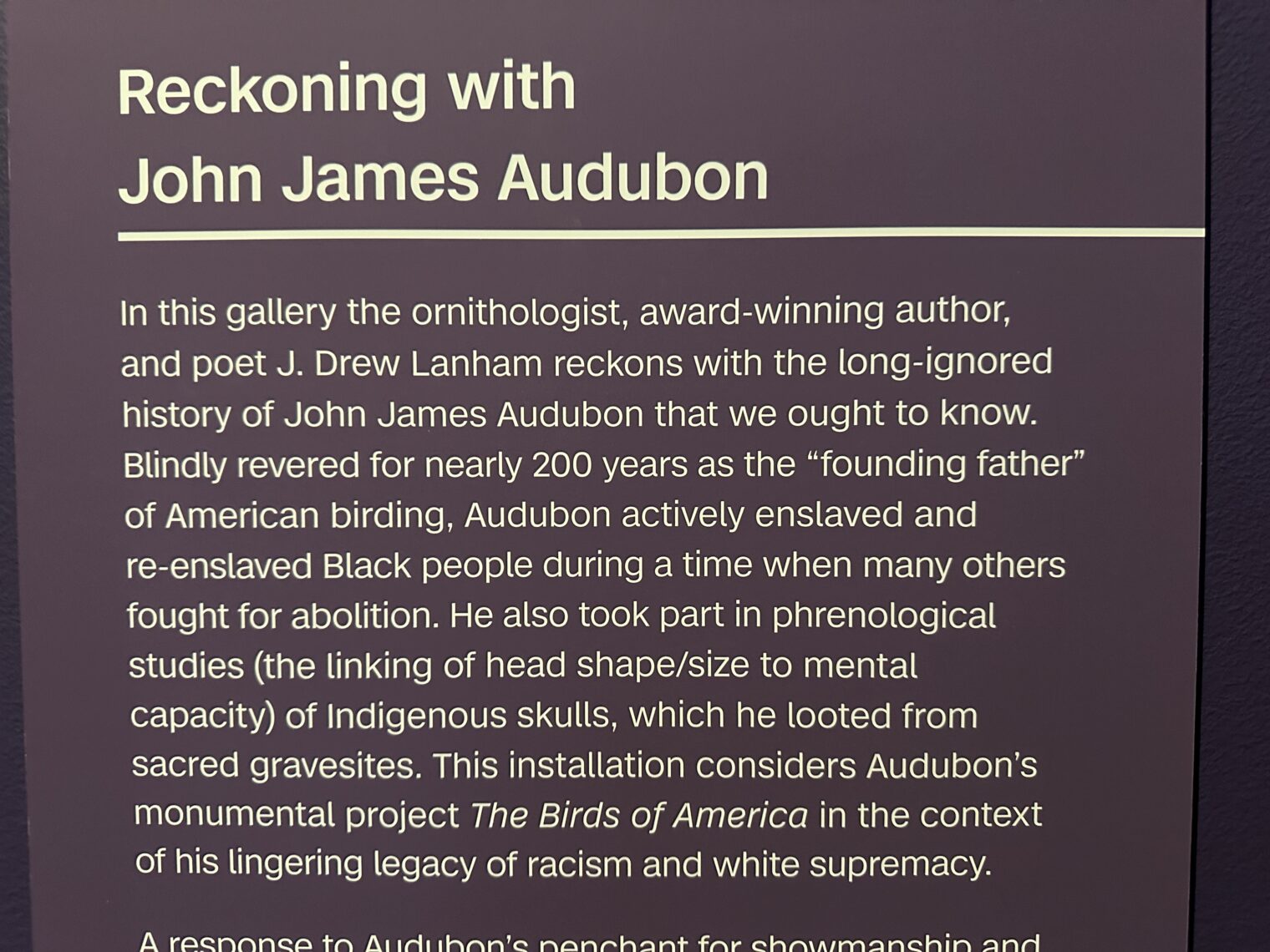
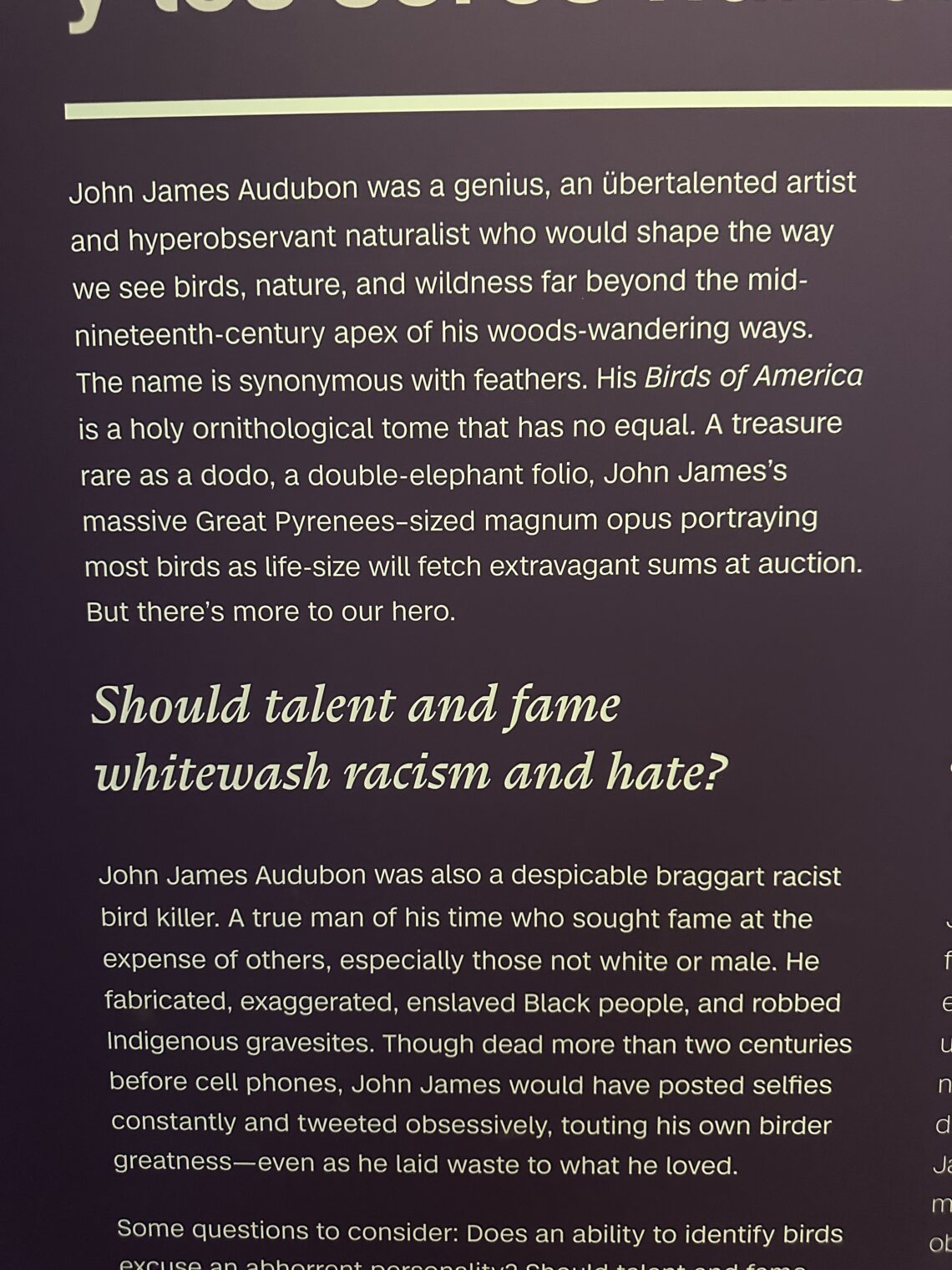
If you think that racism 200 years ago isn’t relevant, note that the National Audubon Society continues to support the party of slavery, with more than 98 percent of its political contributions going to Democrats (opensecrets.org; I think this might measure the contributions of executives and officers since a nonprofit org itself shouldn’t be donating to any political candidates).
Unlike Audubon, the museum bravely takes a stand against slavery (“deplorable”!) and “systemic racism”:
Has all of human civilization been exploitation and violence? No. Elites and peasants lived in harmony in pre-Columbian America. They danced and made music together at “communal feasts” where “diverse parts of society coexisted, sharing food and drink.”
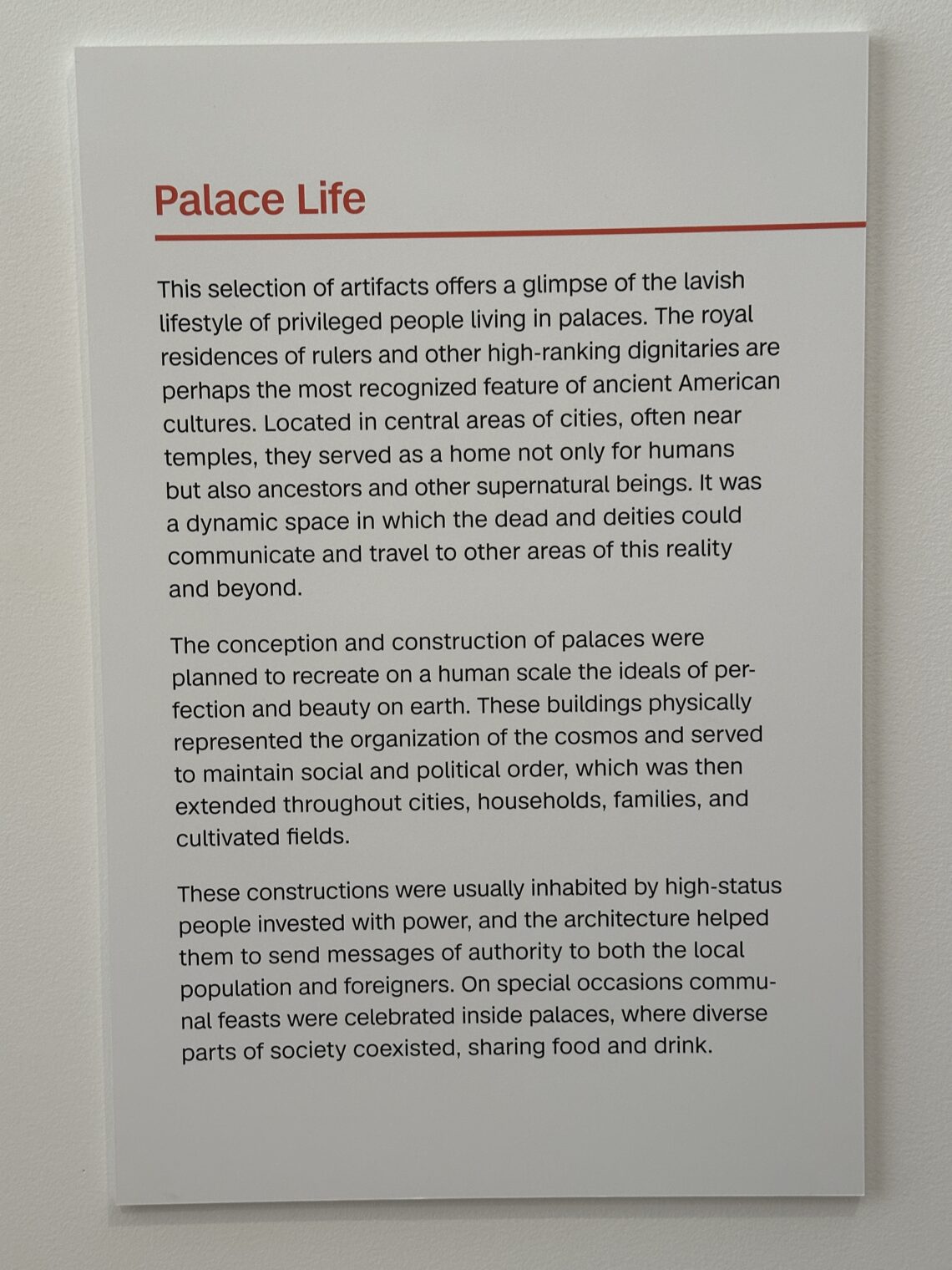
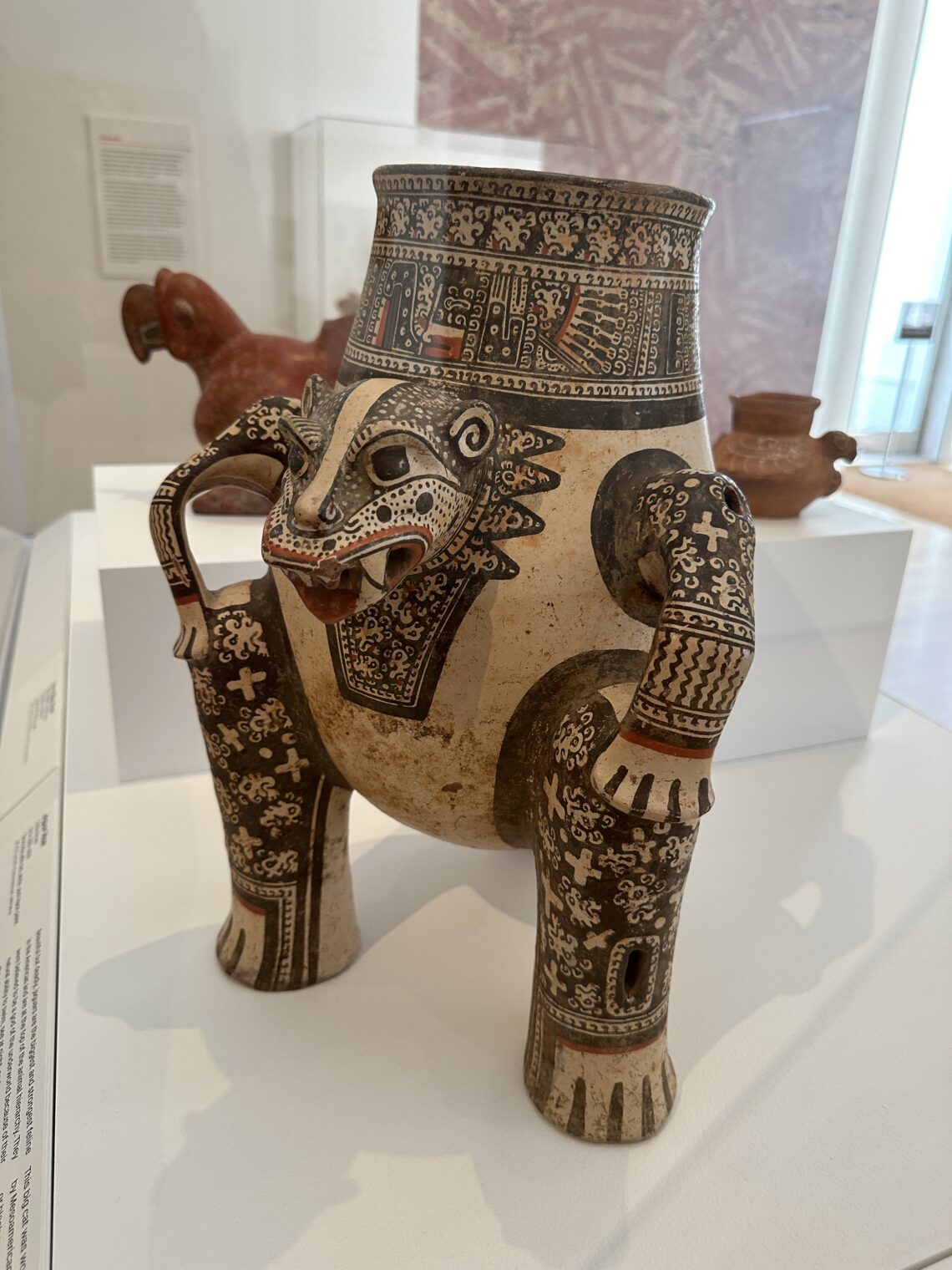
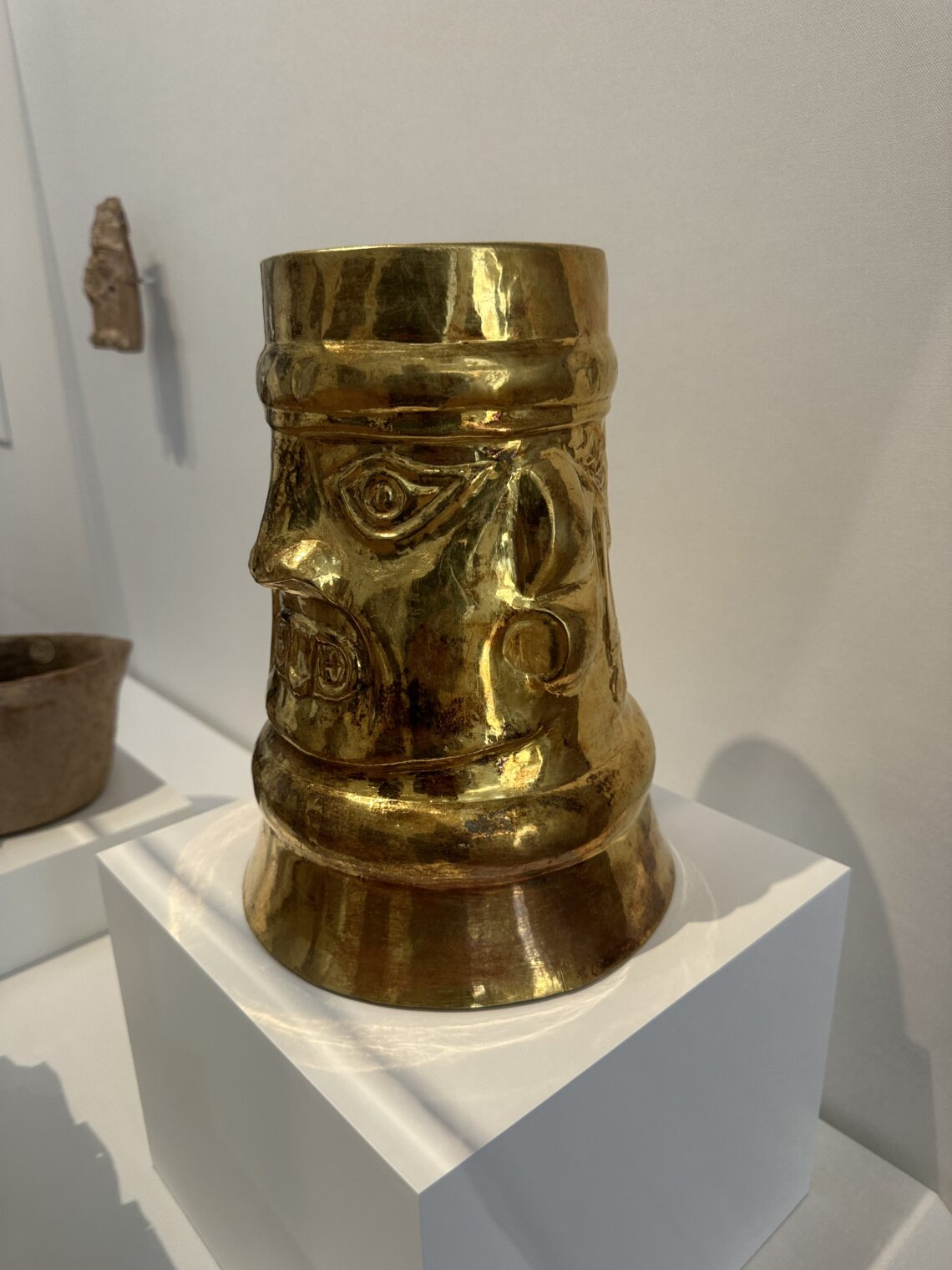
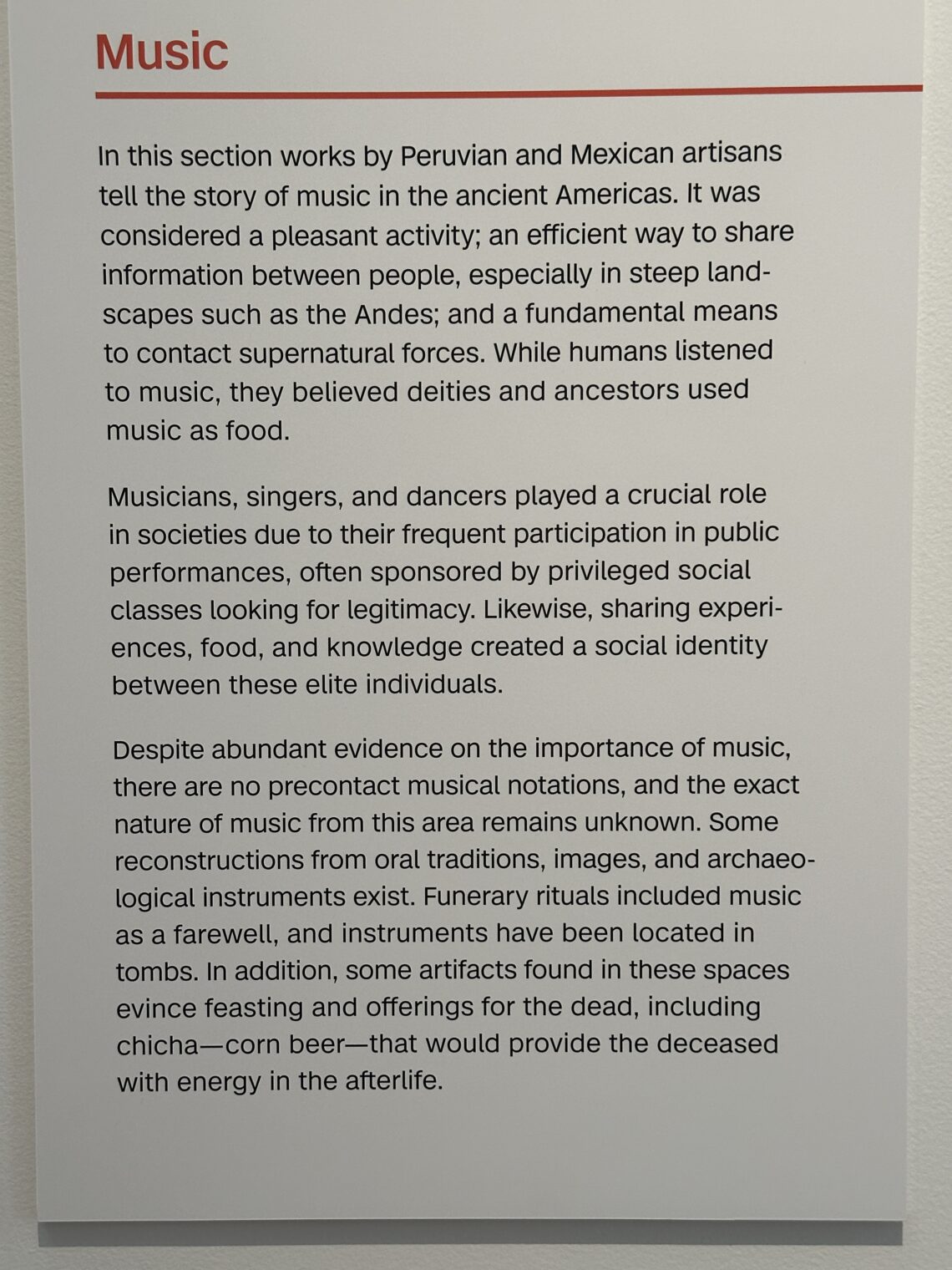
What kind of “food and drink” was shared? From the History Channel:
When the Spanish conquistador Hernán Cortés and his men arrived in the Aztec capital of Tenochtitlán in 1521, they described witnessing a grisly ceremony. Aztec priests, using razor-sharp obsidian blades, sliced open the chests of sacrificial victims and offered their still-beating hearts to the gods. They then tossed the victims’ lifeless bodies down the steps of the towering Templo Mayor.
Andrés de Tapia, a conquistador, described two rounded towers flanking the Templo Mayor made entirely of human skulls, and between them, a towering wooden rack displaying thousands more skulls with bored holes on either side to allow the skulls to slide onto the wooden poles.
Reading these accounts hundreds of years later, many historians dismissed the 16th-century reports as wildly exaggerated propaganda meant to justify the murder of Aztec emperor Moctezuma, the ruthless destruction of Tenochtitlán and the enslavement of its people. But in 2015 and 2018, archeologists working at the Templo Mayor excavation site in Mexico City discovered proof of widespread human sacrifice among the Aztecs—none other than the very skull towers and skull racks that conquistadors had described in their accounts.
While it’s true that the Spanish undoubtedly inflated their figures—Spanish historian Fray Diego de Durán reported that 80,400 men, women and children were sacrificed for the inauguration of the Templo Mayor under a previous Aztec emperor—evidence is mounting that the gruesome scenes illustrated in Spanish texts, and preserved in temple murals and stone carvings, are true.
In addition to slicing out the hearts of victims and spilling their blood on the temple altar, it’s believed that the Aztecs also practiced a form of ritual cannibalism. The victim’s bodies, after being relieved of their heads, were likely gifted to noblemen and other distinguished community members. Sixteenth-century illustrations depict body parts being cooked in large pots and archeologists have identified telltale butcher marks on the bones of human remains in Aztec sites around Mexico City.
Maybe show up for the concert, but don’t stay for dinner?
The state-funded museum provided some follow-up reading in the gift shop:
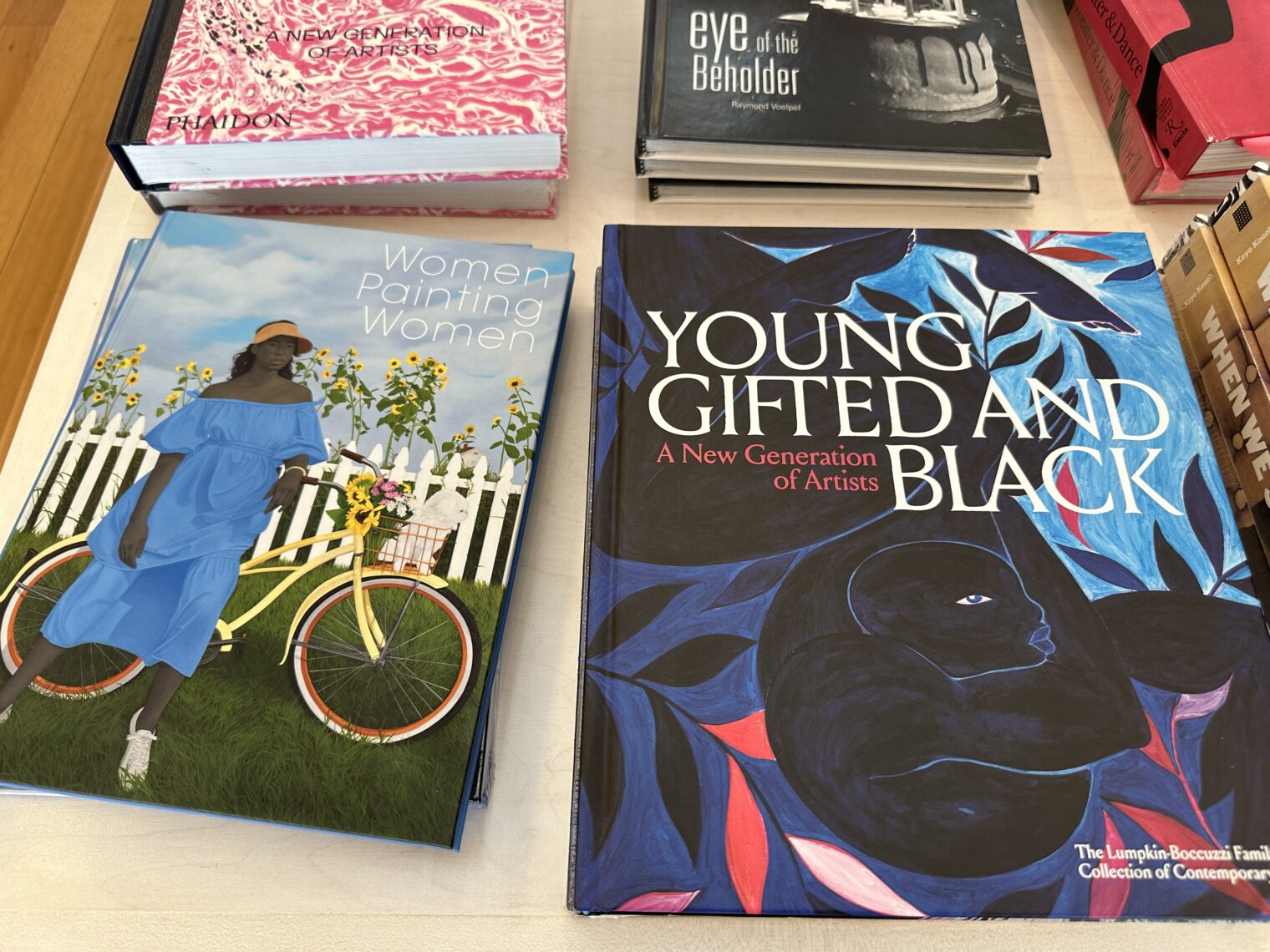
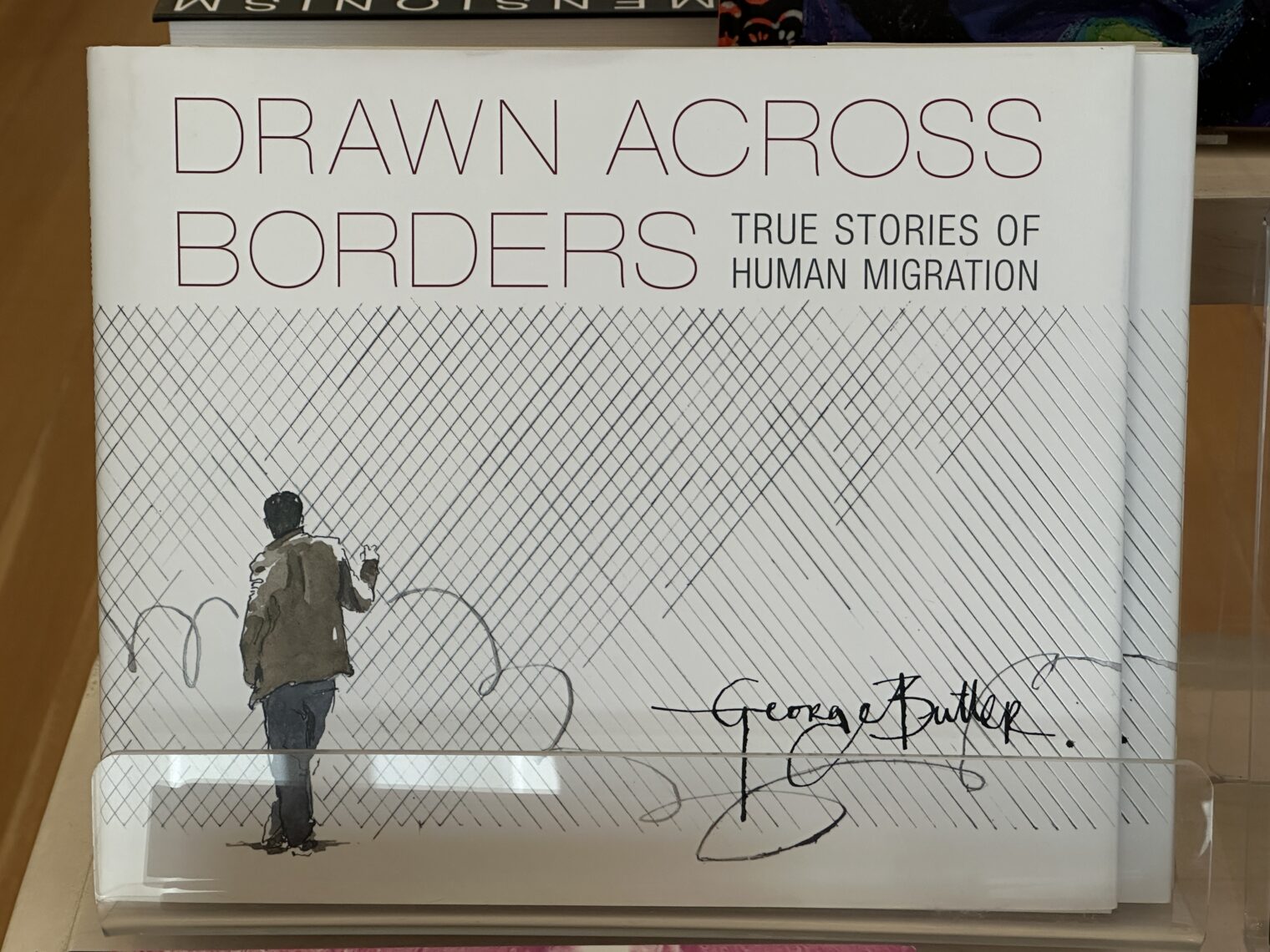
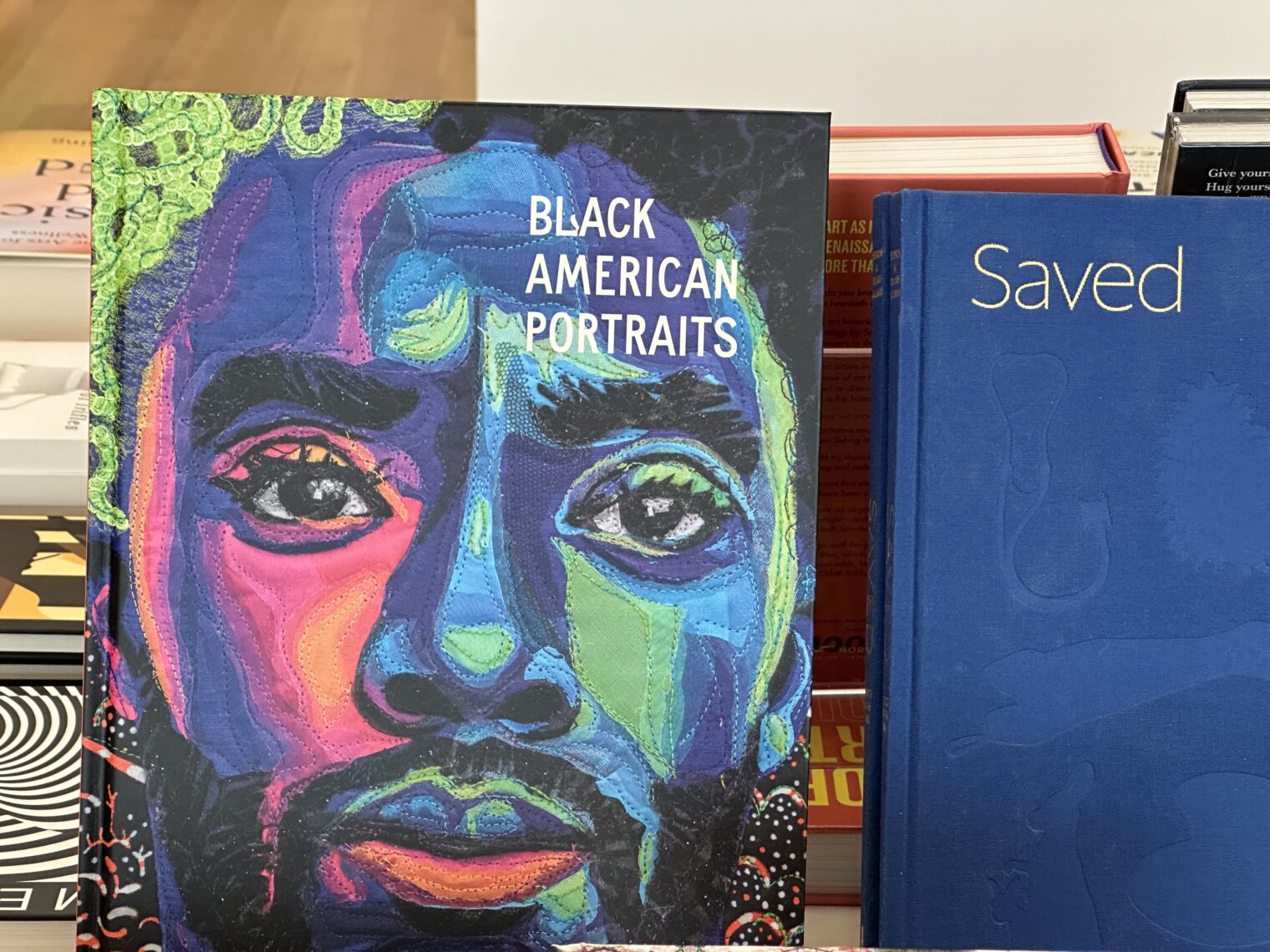

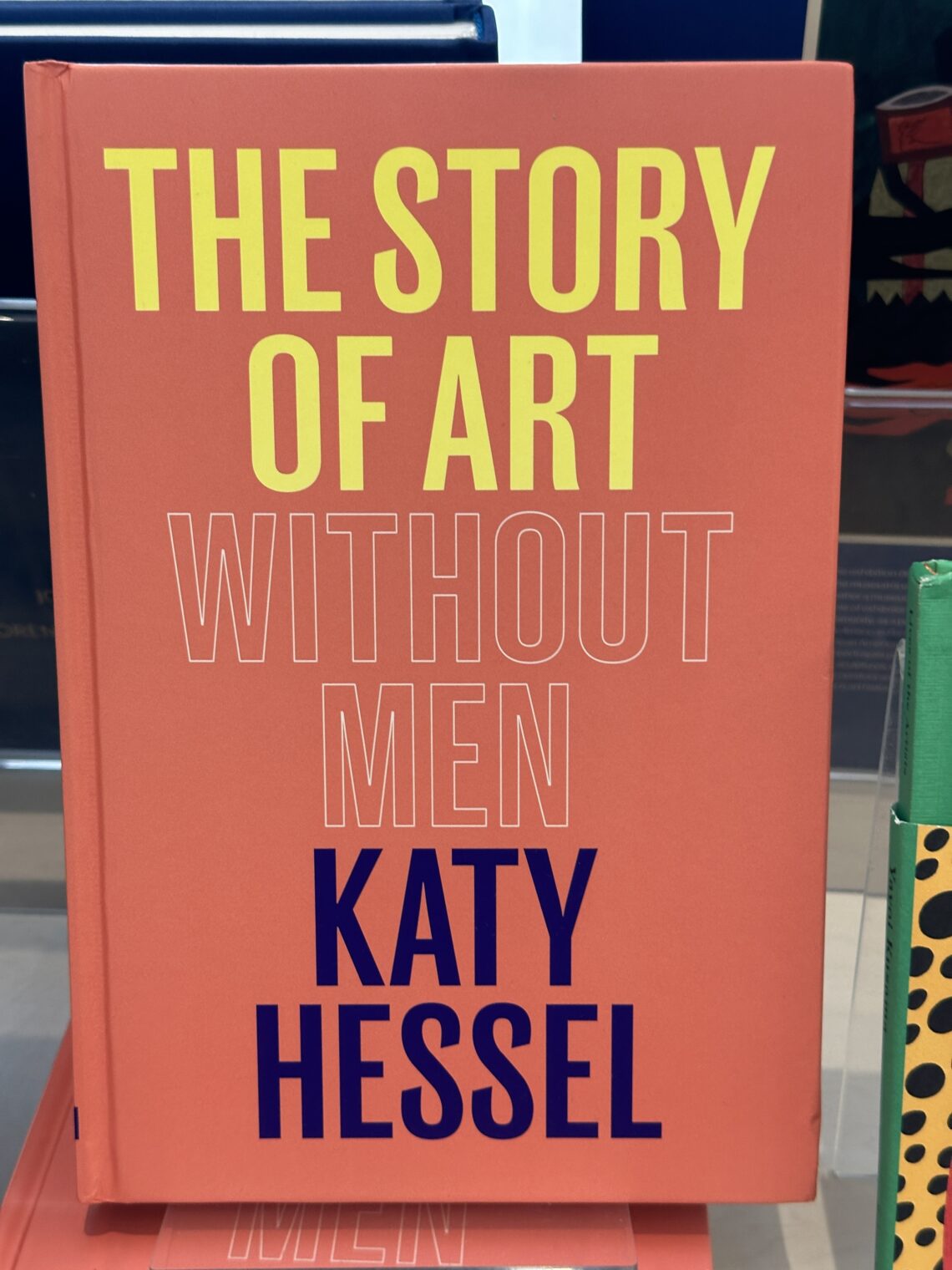
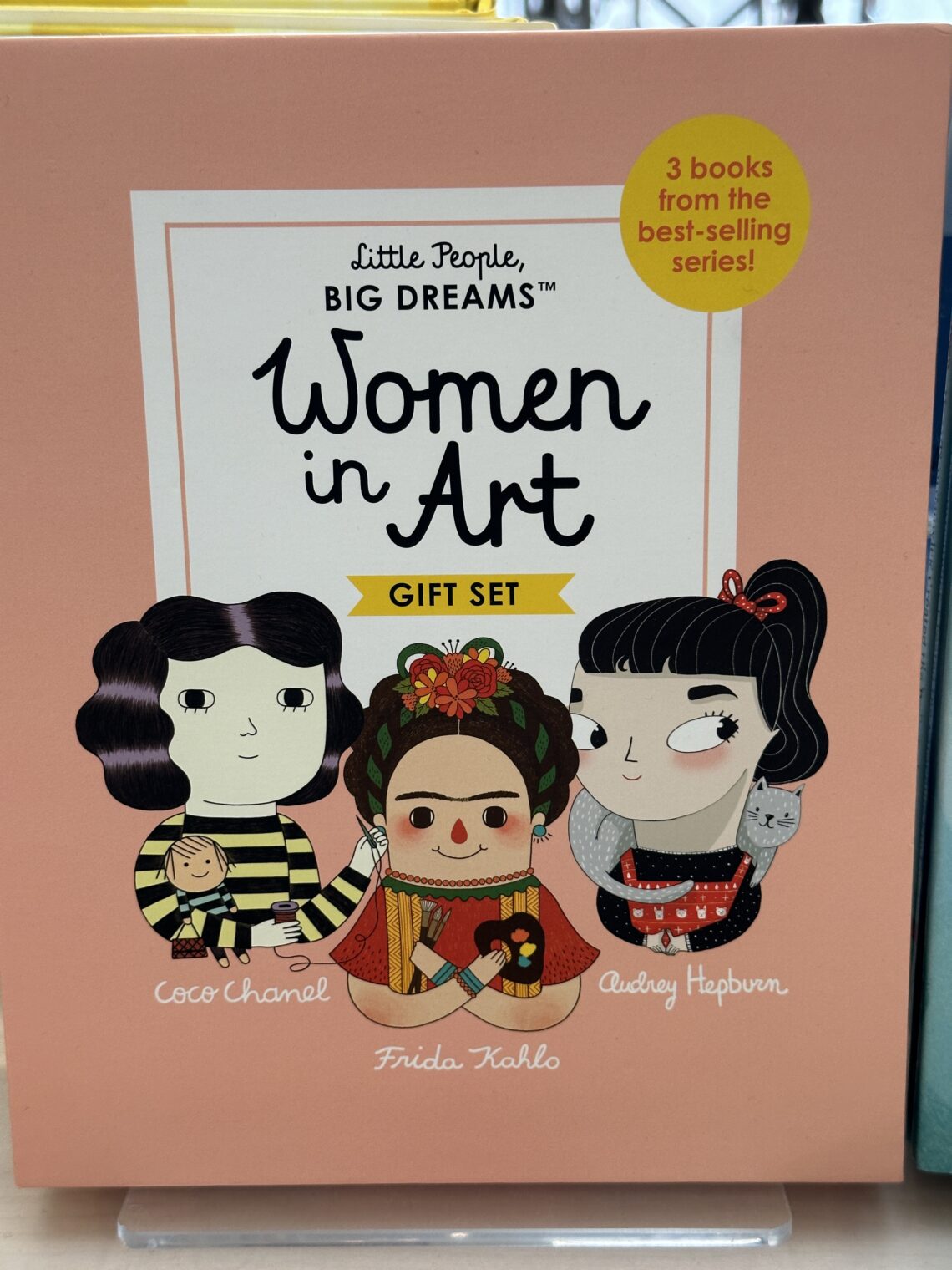
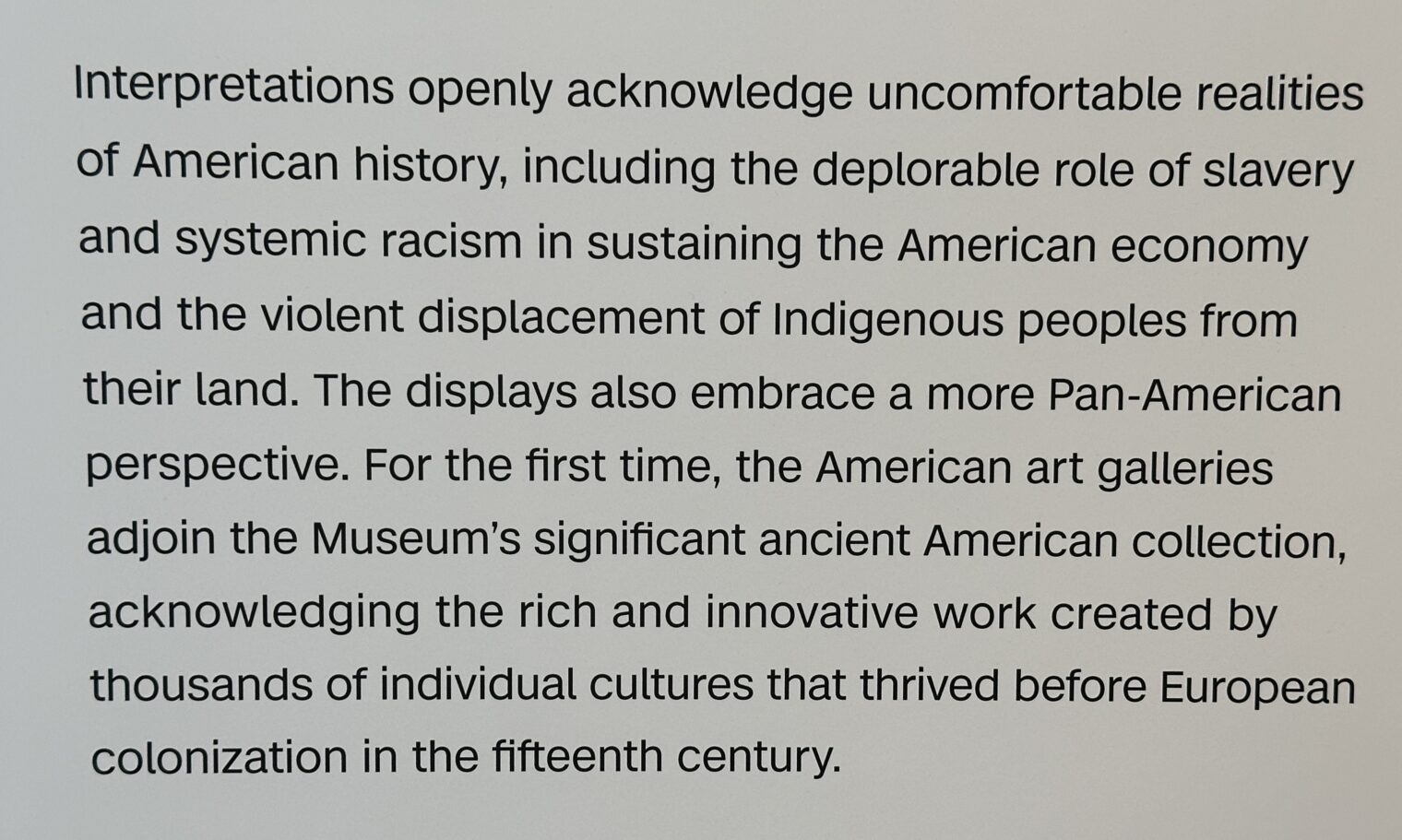
I have the book written (30 years later) by a member of the 1851 Yosemite expedition, the first Europeans in Yosemite Valley: “Discovery of the Yosemite” by Lafayette Houghton Bunnell, M.D.
I have the beautiful reprint by the Yosemite Association, but I also see lots of quickie self published versions of this out-of-copyright work.
https://www.amazon.com/-/es/Lafayette-Houghton-Bunnell/dp/B00SB236BY
The upshot is, by that time the Indian tribes in the area were kind of sparse and diminished. None of them lived in Yosemite Valley. However, there was an elderly outcast Indian who was the leader of various outcasts from different tribes, and this ad hoc “tribe” was somewhat active in the valley. The battalion that entered the valley chased these guys and gals around for a while, but they were adept at climbing hidden trails to the rim and escaping.
Yosemite Valley was more of a swamp at that time: later on white visitors made use of dynamite from the Gold Rush to blow up nature dams on the lower Merced River and lower the water table to its present day level.
Another interesting book that includes a lot of early European exploration of the California Sierra Nevada region is Steve Roper’s “Sierra High Route.” The book is mainly concerned with maps and directions to Roper’s off-trail, cross country, more hard-core alternative to the John Muir Trail. But in the first few chapters he sketches the region’s early history. Roper was a big wall rock climber in the 1950s/60s who also documented that scene in another book.
NC? Just keep driving north and get to the Smithsonian. The signs are about as laughable. Although the sign back home in Austin at the Blanton Museum was my favorite. The had an excellent exhibit of pre-Colombian work from LACMA on display including one ceramic gentleman who was wearing a flayed human skin as a jacket. The label said “While this might offend modern sensibilities…”
That whole human sacrifice thing was too much for even the hard guys with Cortez, some of whom had seen plenty of fighting in Italy and Holland.
Before the Mayan glyphs were translated, Gringo anthropologists were enamored of the notion that the Mayan cities were a peaceable kingdom. Finally they’d found a culture that lived in peace and harmony, and the folk were small and brown, to boot!
The contemporary Mayans are peaceable enough, but theirs was the last state to be subdued by the Mexicans, around 1900. The inscriptions on the stele monuments record constant fighting between neighboring cities. What a disappointment!
The acme of Mayan military excellence was to capture the enemy chieftain, bring him back, and make him play the ball game, the one with elements of soccer and basketball. Some say that if he scored he’d be released. More romanticizing of those little brown people. The reality is either way he was doomed. But the game gave him a chance to go out in style.
Outside an archaeological site called Ek Balam, some local entrepreneurs/LARPers get up in 16th Century battledress and will pose with you for a selfie, for a small emolument. We happened to stumble upon these erstwhile Mayan warriors, all done up in feathers and warpaint, glued to their smartphones. Wish I’d caught that shot — classic.
The Mexica (Aztecs to you, guero) had chicha, a kind of corn beer, and the death penalty for drunkenness. A contradictory people, to be sure.